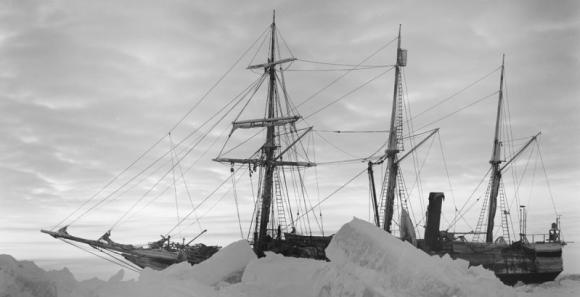
Endurance caught in the ice
It was a long-shot from the beginning. The Weddell Sea Expedition 2019 had dispatched the icebreaking polar-supply and research-vessel SA Agulhas II to study Antarctica’s Larsen C ice sheet. While in the area, the expedition attempted to locate Sir Ernest Shackleton’s ship, the Endurance, which sank after being crushed in the ice in 1915. Not only did they not succeed in the finding the shipwreck, but also lost the Autonomous Underwater Vehicle (AUV) which was being used to conduct the search.







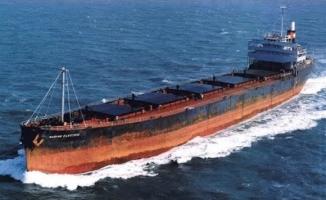 Originally posted in
Originally posted in  The
The 
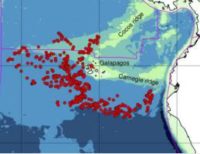
 The
The 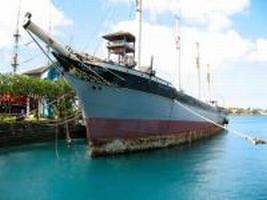 Even though it was expected, it still comes as a shock. Yesterday, the Hawaii Department of Transportation (HDOT) Harbors Division filed a
Even though it was expected, it still comes as a shock. Yesterday, the Hawaii Department of Transportation (HDOT) Harbors Division filed a 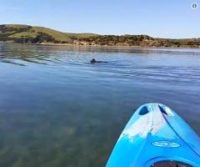 Did you, by any chance, lose a USB memory stick while kayaking sometime before November 2017, near Oreti Beach in Invercargill, a city on the southern tip of New Zealand’s southern island? If you did, the memory stick has been found and it is still functioning. There are some nice photos and
Did you, by any chance, lose a USB memory stick while kayaking sometime before November 2017, near Oreti Beach in Invercargill, a city on the southern tip of New Zealand’s southern island? If you did, the memory stick has been found and it is still functioning. There are some nice photos and 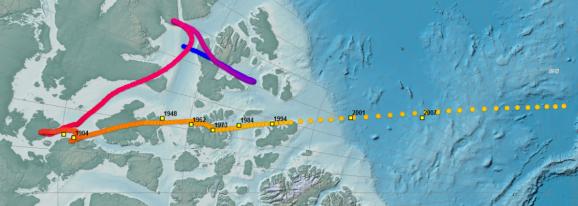 Recently, the media has somewhat breathlessly reported that the usually slow drift of the magnetic north pole has sped up dramatically. My favorite headline is from NPR which reads, “
Recently, the media has somewhat breathlessly reported that the usually slow drift of the magnetic north pole has sped up dramatically. My favorite headline is from NPR which reads, “ For the first time in 150 years, baby giant tortoises have been born on the Galapagos island of Pinzón. Biologists reported that they had observed
For the first time in 150 years, baby giant tortoises have been born on the Galapagos island of Pinzón. Biologists reported that they had observed  We are a few days late in wishing the iconic cartoon character,
We are a few days late in wishing the iconic cartoon character,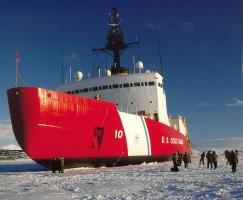 We recently posted an incomplete list of some of the great things that the US Coast Guard was doing while not getting paid during the government shutdown. One of the missions was the resupply of the US McMurdo Station in Antartica by the US heavy icebreaker
We recently posted an incomplete list of some of the great things that the US Coast Guard was doing while not getting paid during the government shutdown. One of the missions was the resupply of the US McMurdo Station in Antartica by the US heavy icebreaker 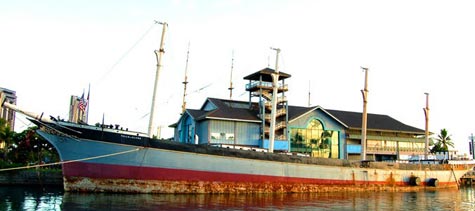 More bad news for the
More bad news for the  For the “blue water” Navy veterans suffering from the effects of Agent Orange from their service in Vietnam, a federal appeals court in Washington has done what the politicians have refused to do.
For the “blue water” Navy veterans suffering from the effects of Agent Orange from their service in Vietnam, a federal appeals court in Washington has done what the politicians have refused to do. 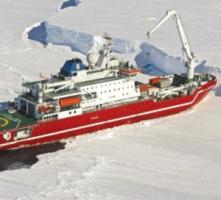 Last April, we
Last April, we 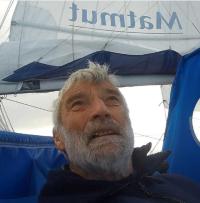 After 221 days alone at sea, 73-year-old French sailor,
After 221 days alone at sea, 73-year-old French sailor, 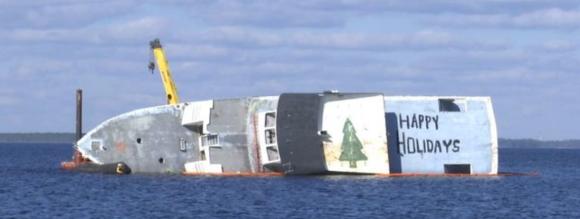 The El Dorado, a 157 foot-long, 300-ton, casino boat broke free from her moorings when
The El Dorado, a 157 foot-long, 300-ton, casino boat broke free from her moorings when 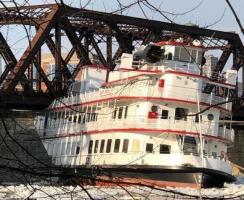 No doubt about it. Winter is with us with a vengeance. On Friday rising waters and ice jams on the Hudson River between Albany and Troy, New York tore
No doubt about it. Winter is with us with a vengeance. On Friday rising waters and ice jams on the Hudson River between Albany and Troy, New York tore